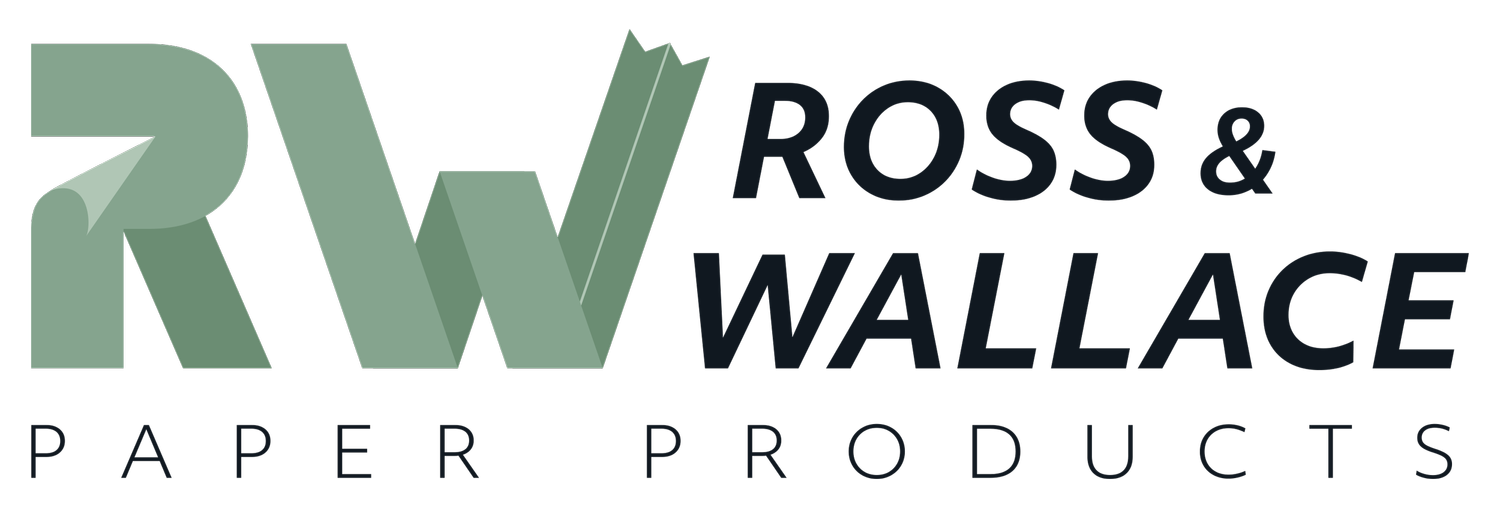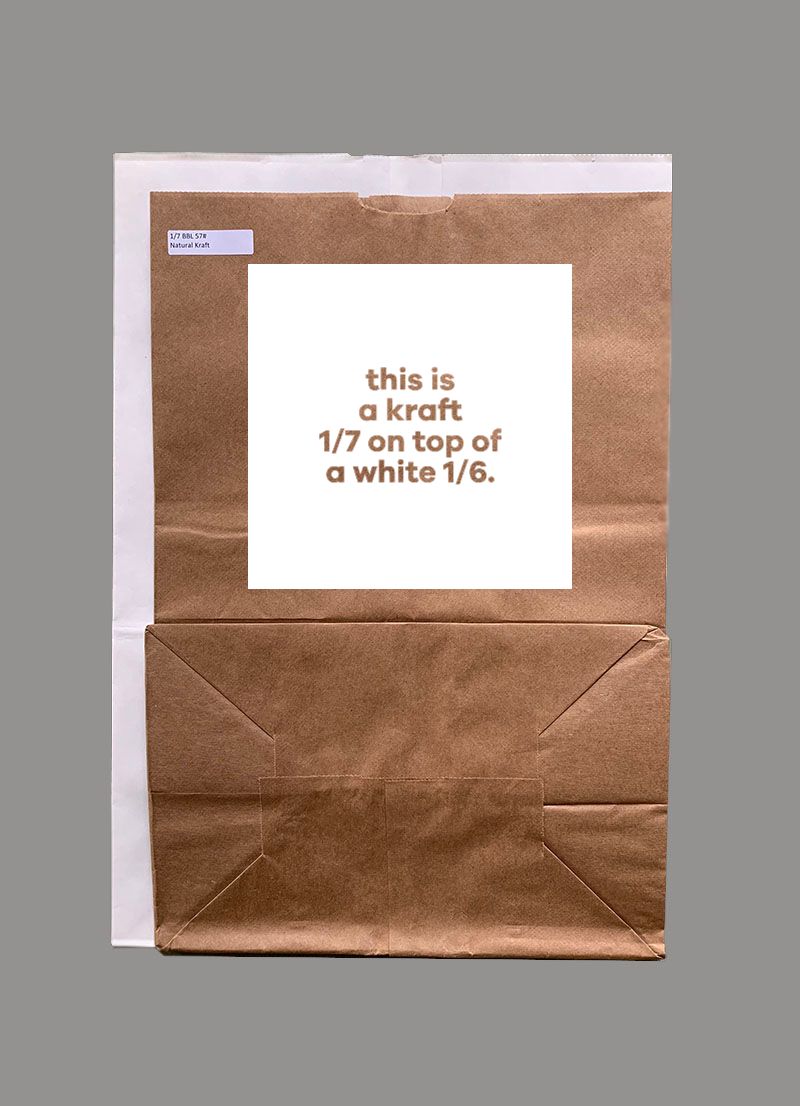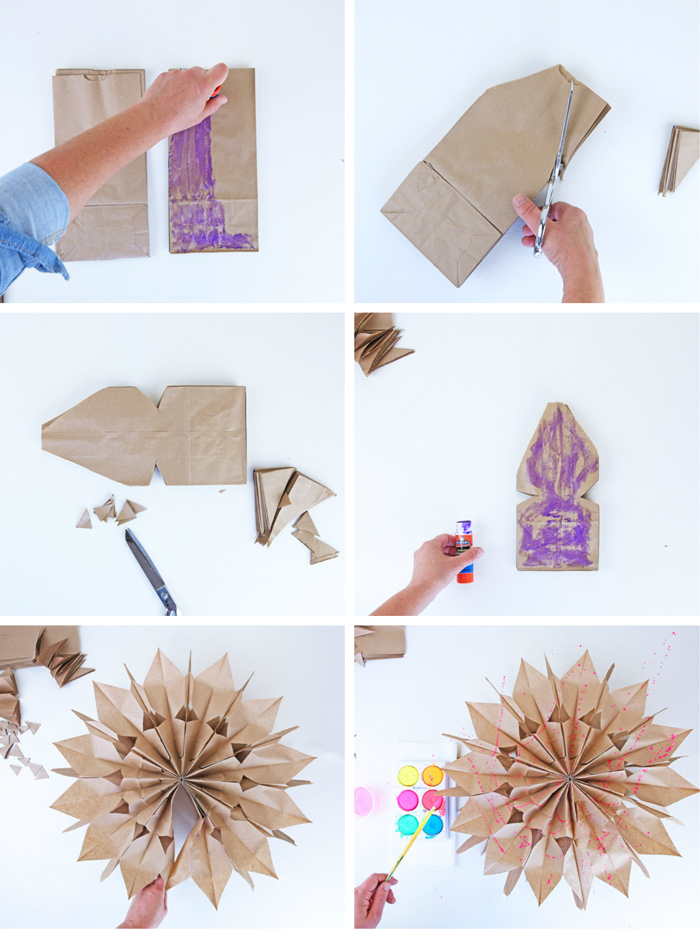By Janet Tompkins
That’s right. I’d like to trade that mountain of flimsy plastic for six good strong paper bags. Walking in the grocery with bags full of plastic bags to return to the store’s “recycle” bin, I feel defeated when I walk out with more plastic. So I started comparing the trips when I get paper bags to those other days (which are more usual) when I get plastic.
My average grocery buy of $94 will fit in six good paper bags. But more frequently they are packed in 15 plastic bags with at least three more double-bagged for weight. That is where all the polyethylene bags come from in my storage room. I do this every week.
Paper bags are always recyclable, reusable, compostable and made from renewable resources. Plastic bags litter the landscape in Louisiana, but even if someone left a paper bag out at the picnic site, a few good rains would send it back to the forest from where it came.
In a misguided switch from paper to petroleum-based plastic bags, we now have a product that is less likely to be re-used by the patron or recycled by the industry. Paper bags are four times more often recycled than plastic bags, and paper bags usually contain 40 percent recycled content. Most of the people I see going into Kroger are not returning their plastic bags and the neighborhood Wal-Mart doesn’t even have a spot to return them.
Only 12 percent of plastic waste gets recycled and the rest that goes to landfills will live on for as much as a thousand years. Slow decomposition isn’t the only problem. Plastic absorbs pollutants like PCBs making the long-lived garbage even more dangerous. Some scientists say when this toxic mix ends up in our oceans it can cause cancer and dangerous mutations to those creatures that encounter it. China is the biggest dumper in this regard, but so do other poorer countries.
I know what some of you are thinking: Why don’t I just buy the reusable bags that are required in some metropolitan cities? One study found that 50 percent of the reused bags had bacteria (including E. coli in 12 percent) and 97 percent of people did not wash them ... ever.
The instructions say never to put them in the baby carrier section of the cart while shopping because that is the most bacteria-ridden spot; never use them for another purpose (like gym bags) and don’t keep them in your car because of high heat and increased growth of bacteria. What? Don’t keep them in your car? That would be the only way I would remember to have them with me. (Even then, I might have to walk back out to the car from the store.)
They also suggest that each bag be kept to the same grocery category each time. Produce would always go in the red bag, cleaning supplies in the green one, etc., to prevent cross contamination. The result is people are buying and re-buying their permanent grocery bags. How is that for saving the planet?
I prefer my bacteria-free paper bag. It might even have been made from kraft paper in Campti at the International Paper Mill. Louisiana workers used to make a ton of bags in Hodge, but after the mass exodus to plastic bags, that mill now makes cardboard packaging instead. Thank goodness we kept that mill and all those jobs.
When my forest landowner friends say they need a market for their first thinnings, I think of the paper mill making bags. The production of paper bags also produces 59 percent less greenhouse gas than plastic and uses 33 percent less fossil fuels.
The last time my 4-year-old grandson went to a big zoo, he didn’t get a top or a straw with his frozen drink. You see there’s a campaign against plastic in the concession operations because of the danger to wildlife. A paper bag never hurt a thing. (By the way, didn’t we use to have paper straws?)
Change isn’t always bad, of course. Progress requires change, but sometimes we opt for the lesser value while not improving a thing. I’d really like a comeback for the paper grocery bag. Could I also get handles on the bag? That’s not required of course, but would be nice.
I need some when the tomatoes come in and when I go to pick up some fresh corn. I need some when I want to line the kitchen table for my grandson’s art project and I have stuff to haul to Goodwill.
I’ll continue to look under the counter at the grocery to see what they have for me as I pine for my paper bag. Oh, by the way, I miss my daily newspaper.
(Janet Tompkins retired from the Louisiana Forestry Association in 2016. She was editor of Forests & People for 22 years.)
Article is courtesy of the Louisiana Forestry Association.





